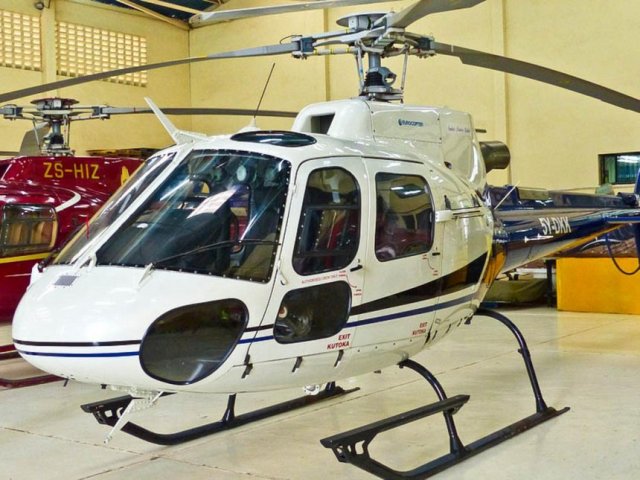Tanzania has started to build its own helicopters in a project that will see the first batch of such choppers taking into the sky sometimes in 2018.
Already, the prototype model, a two-seater aircraft is in its final stages of completion at the Mechanical and Engineering Department of the Arusha Technical College, which runs a fully-fledged factory producing various forms of machinery, including a prototype motor vehicle and a number of industrial engines.
But it is the Tanzanian-made new helicopter that seems to be turning heads here; “We are complementing President Magufuli’s industrialisation policy in pioneering the first locally made helicopters that will be available to ordinary residents at affordable prices,” explained the man behind the ATC chopper project, Engineer Abdi Mjema.
The Permanent Secretary in the Ministry of Education, Science and Technology, Ms Maimuna Tarishi, who also toured the project over the weekend seemed surprised at the development and wanted to know when exactly the chopper will hit the skies.
“We are contacting the Tanzania Civil Aviation Authority (TCAA) for the permission to fly the chopper for trials,” said Engineer Mjema.
He assured the PS that the future of the ‘affordable,’ chopper – to ease the country’s transport woes – is approaching. “The Tanzania-made helicopters will fly before 2020 — and specifically 2018, which is two years from now,” he added.
The idea was hatched two months ago by two engineers at the Arusha Technical College; Engineer Adisai Msongole, now serving as the ATC Bursar, and Engineer Abdi Mjema. The chassis as well as airframe for the pioneer chopper is ready – complete with a mounted flat engine.
“We had initially intended the two-seater helicopter to be used for surveillance, rescue and agricultural purposes. However, as the project takes shape, we may increase the airframes to carry more people for serious transportation,” said the engineer.
The helicopter is currently 50 per cent complete and features the popular gasoline powered VW flat engine on board. The motors, manufactured by Volkswagen in Germany, are the same used to make the ‘Robinson’ helicopters in the United States. “Once we get the aviation authority approval, we shall complete the most sensitive part of the helicopter — mounting the main rotor.
This should be ready in three week’s time,” said Eng Mjema, adding that Arusha will set history as the first region to fly the first-ever Tanzanian manufactured helicopter in July 2016. With a non-pressurised cabin, the Prototype ATC helicopter has a flying ceiling of 400 feet for starters, taking into consideration that Arusha is already at a higher altitude.
But the flying height is set to increase with more complete and accomplished models. Most commercial choppers can fly up to 8,000 feet above sea level. On how many choppers the college can manufacture in a year once the project gets a nod from higher authorities, Eng Mjema said that depended on demand.
“But with serious work we can roll out up to 20 such helicopters in a year,” boasted the engineer.
The Rector of Arusha Technical College, Dr Richard Masika, had previously stated that, ATC was moving from being an ordinary college of technical, engineering and technological training towards becoming a fully-fledged factory, which will deal in vehicle and heavy machinery repair and manufacturing.
Next August ATC will be completing the first phase of Kikuletwa Hydropower Station Project and training centre setup, through which the college is going to churn electricity and hold training at the site based in Kilimanjaro Region.

